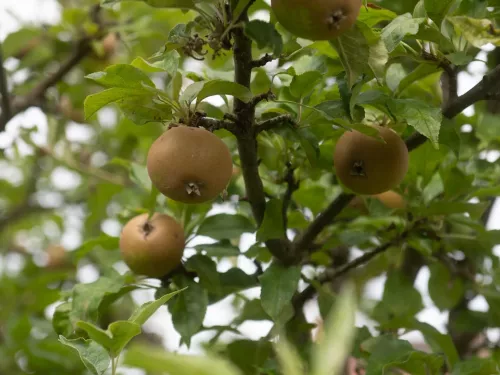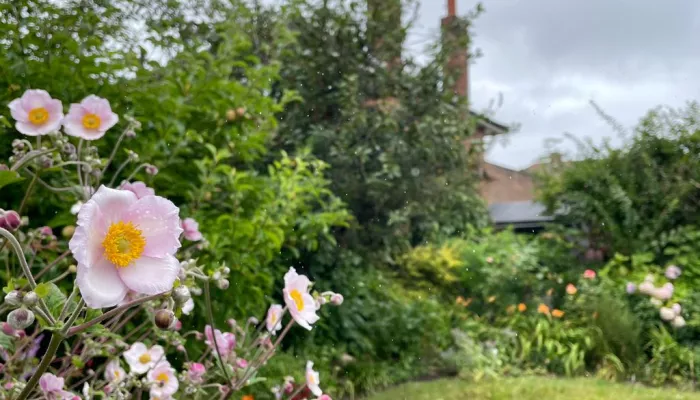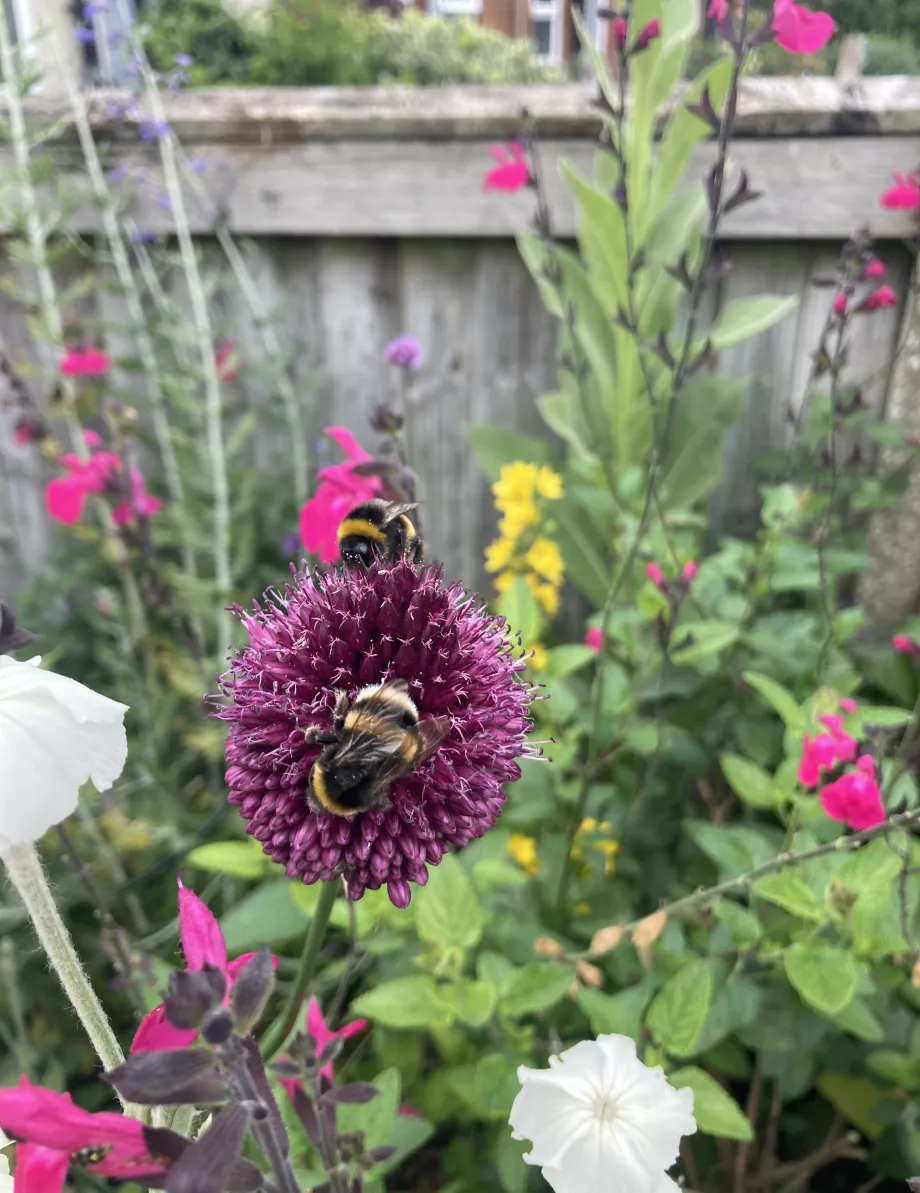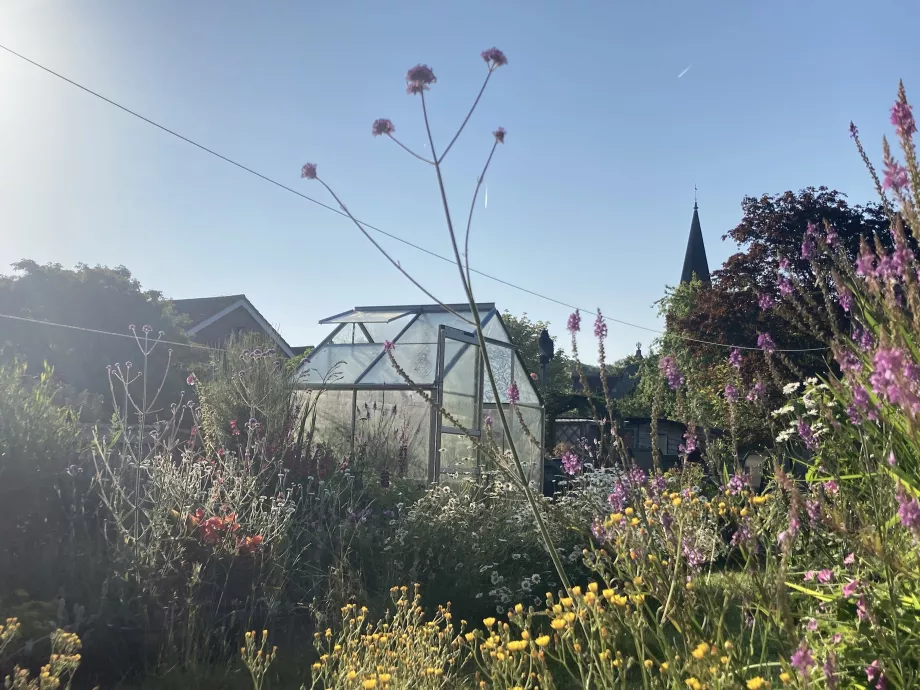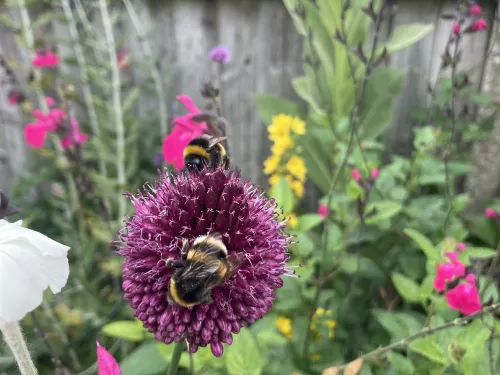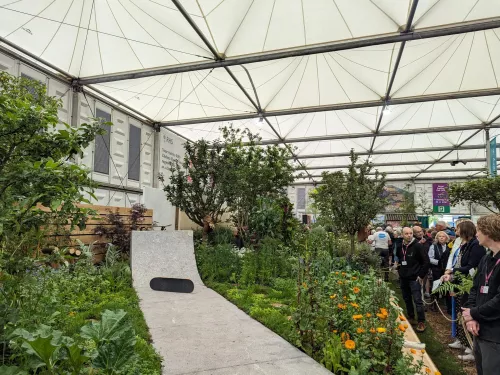Like many gardens, it consisted of a lawn, a concrete path, some decking and flower beds that had been replaced with shingle. It isn’t a huge space, but over the years I have made the lawn smaller with a mini meadow along one side, turned the shingle back into flower beds and a vegetable growing area, and treated myself to a little greenhouse where I grow tomatoes. Not only has this created so much beauty and enjoyment, but we have been lucky enough to have so many wildlife visitors – from hedgehogs to newts, bats, hummingbird hawk-moths, and more. These are some of the top tips from my garden.
Provide water or a pond
Water is key to a wildlife-friendly garden and even in a small space, dishes of water on the ground can provide a source of water for birds, bees, and more. I have been lucky enough to have a hedgehog who regularly visits a bird bath on the ground in my front garden. If you have space for a larger pond, it’s vital to make sure wildlife like hedgehogs can safely get in and out by including a ramp or stepped edges. If not, just a dish of water will do!
How to build a pond How to provide water for wildlife
Accept some ‘damage’ to plants
It can be difficult if you plant out seedlings you have been carefully growing for months, only for them to be eaten overnight! I try to protect plants using barriers such as Enviromesh netting and deterrents such as spent coffee grounds around the base of vulnerable plants, as well as using sacrificial plants. Try not planting seedlings out until they are well established, accepting that a few might get munched. We also need to learn to accept some damage – as the saying goes, “If nothing is eating your plants then your garden isn’t part of the ecosystem!” Our gardens shouldn’t be ‘perfect’, static images, but living, breathing spaces.
More about sharing with wildlife
